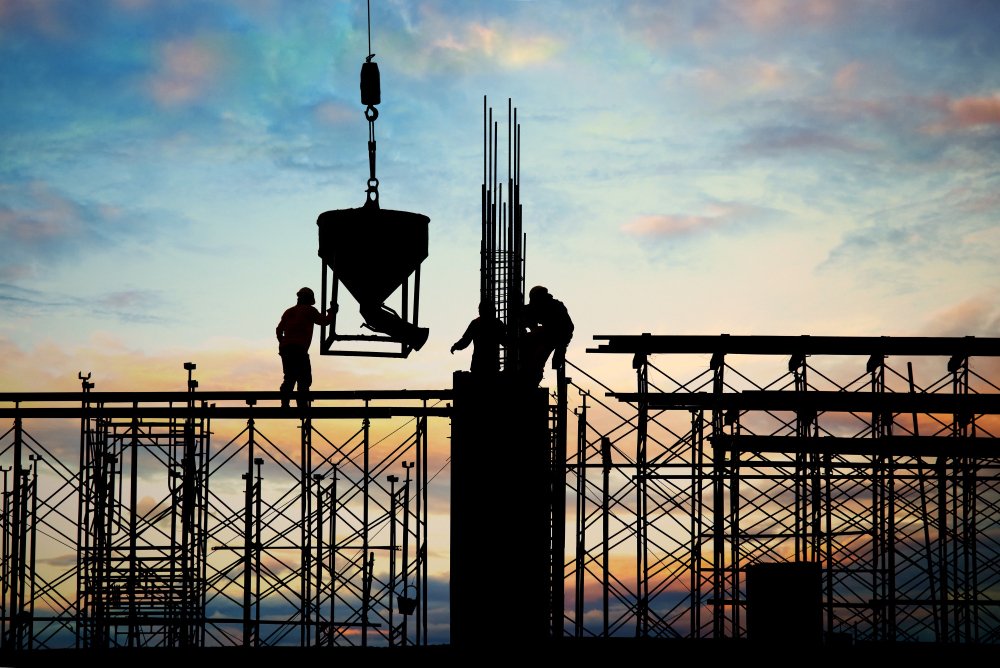In modern construction, whether you’re installing piping systems, HVAC ducting, or fire protection lines, one thing is absolutely crucial: accurate load calculation of supporting system. Without proper load analysis, even the most advanced infrastructure can face issues like sagging, vibration, collapse, or long-term fatigue.

At Tembo Global Industries, we understand that behind every strong structure lies a well-engineered support system. In this blog, we’ll explore what load calculation means, why it’s critical, and how professionals ensure accurate support design.
What is Load Calculation of Supporting System?
Load calculation of supporting system refers to the process of determining the total forces acting on pipe hangers, clamps, brackets, and other support components. These loads include:
- Dead Load: The weight of the pipe, fittings, and fluid (if filled)
- Live Load: Temporary forces such as maintenance loads or external movement
- Thermal Load: Forces caused by pipe expansion or contraction
- Dynamic Load: Vibration, wind, or seismic forces
- Safety Factors: Multipliers added to account for uncertainties and ensure safety
By calculating these loads, engineers can design a support system that holds the piping or equipment securely without failure.
Why Is Load Calculation So Important?
- Safety Assurance
Overloaded or under-supported systems can lead to structural failures, posing risks to people and property. - Longevity of Infrastructure
A well-balanced support system ensures that pipes and ducts maintain their integrity over time, reducing wear and tear. - Regulatory Compliance
FM, UL, ASME, and other codes often require load calculations as part of design validation. - Cost Optimization
Overdesign wastes material and increases project costs, while underdesign leads to potential failure and replacement costs.
Pipe Support Load Calculator
Key Parameters in Load Calculation
- Weight of Pipe & Contents
Total mass per meter = (Pipe material weight) + (fluid weight) - Span Between Supports
The greater the distance between supports, the higher the load on each one. - Thermal Expansion Data
Pipes expand or contract depending on fluid temperature and length. This needs to be factored in to avoid stress buildup. - Environmental Factors
Seismic zones, wind loads (for rooftop installations), and vibration sources affect support requirements. - Anchor Points & Fixed Supports
Determine how many fixed points exist and how movement is distributed across the system.
Types of Loads Considered
| Load Type | Description |
|---|---|
| Static Load | Constant weight of pipes and equipment |
| Thermal Load | Expansion or contraction due to temperature changes |
| Seismic Load | Earthquake-induced forces |
| Wind Load | For outdoor or rooftop installations |
| Vibration Load | Machinery or fluid movement vibrations |
How Tembo Helps with Load Calculation of Supporting Systems
At Tembo Global Industries, we don’t just manufacture support systems—we engineer them with precision. Here’s how we support your project with load calculations:
- ✅ Engineering Consultation: Our technical experts provide load estimation based on your project drawings and specifications.
- ✅ Software-Assisted Modeling: We use CAD and structural analysis software to model support behavior under different loads.
- ✅ Product Matching: Based on the calculated load, we recommend the right size and type of Clevis Hangers, U Straps, Riser Clamps, or Pipe Supports.
- ✅ Compliance Documentation: We offer documentation that aligns with FM, UL, or local building codes.
Example: Load Calculation for Pipe Support
Let’s say you have a 4-inch steel pipe filled with water, running horizontally across a 10-meter span.
- Pipe weight: 12.6 kg/m
- Water weight: 10 kg/m
- Total weight: ~22.6 kg/m
- Span between supports: 3 m
- Load per support = 22.6 × 3 = 67.8 kg
- Add 25% safety factor = ~85 kg
This means each pipe support must handle at least 85 kg safely. Multiply this by the number of supports to determine total system load.
In addition to pipe supports, the load calculation of supporting system also applies to structural setups like Grid Channel Installation load calculation. Grid channels are commonly used in industrial and commercial facilities for mounting electrical systems, HVAC ducts, or fire safety components. Calculating the load on grid channels ensures structural safety, optimal bracket spacing, and compliance with building codes. Proper analysis helps avoid overloading and guarantees long-term performance of the support structure.
Grid Channel Installation Load Calculation in Modern Construction
Grid channel systems, also known as strut channels or C-channels, are widely used in mechanical, electrical, and plumbing (MEP) installations to support pipes, cable trays, ducts, and equipment. The Grid Channel Installation load calculation is essential to ensure that the supporting structure can handle the combined load of mounted components, dynamic movement, and environmental conditions. Improper load estimation can lead to channel deformation, loosening of brackets, or even structural failure, especially in systems subject to vibration or seismic activity.
When designing a grid channel support system, engineers must evaluate:
- Uniform and point loads
- Channel span and deflection limits
- Combined loading from multiple services (e.g., pipes + electrical trays)
- Fastener and anchor capacity
By incorporating a detailed Grid Channel Installation load calculation, engineers can select the right channel profile (e.g., 41×41, double channel), correct support spacing, and ensure compatibility with the load-carrying capacity of brackets and fixtures.
How Tembo Supports Grid Channel Installations
At Tembo Global Industries, we offer high-quality grid channel systems, complete with accessories like brackets, fasteners, and U-bolts that are designed to handle both static and dynamic loads. We assist clients not only with product selection but also with technical calculations to support the load calculation of supporting system, including complex Grid Channel Installation load calculations.
Our engineering team provides:
- CAD layouts for channel routing and spacing
- Load-bearing charts for different channel types
- Customized load reports based on your application
- Advice on seismic bracing and vibration isolation when required
Whether you’re installing piping systems, cable trays, or HVAC units on grid channels, Tembo’s precision-engineered support systems ensure long-term safety and reliability.
Conclusion
The load calculation of supporting system is not just a design step—it’s a safety imperative. Every project is unique, and accurate calculations ensure that the supports are neither overbuilt nor vulnerable to failure. Whether it’s piping, HVAC, or fire safety, precision in support design is the foundation of a successful, long-lasting structure.
Need Expert Help?
Let Tembo Global Industries assist you with professional load calculations and high-quality support products tailored to your needs.
Contact us today for engineering consultation and product recommendations!


